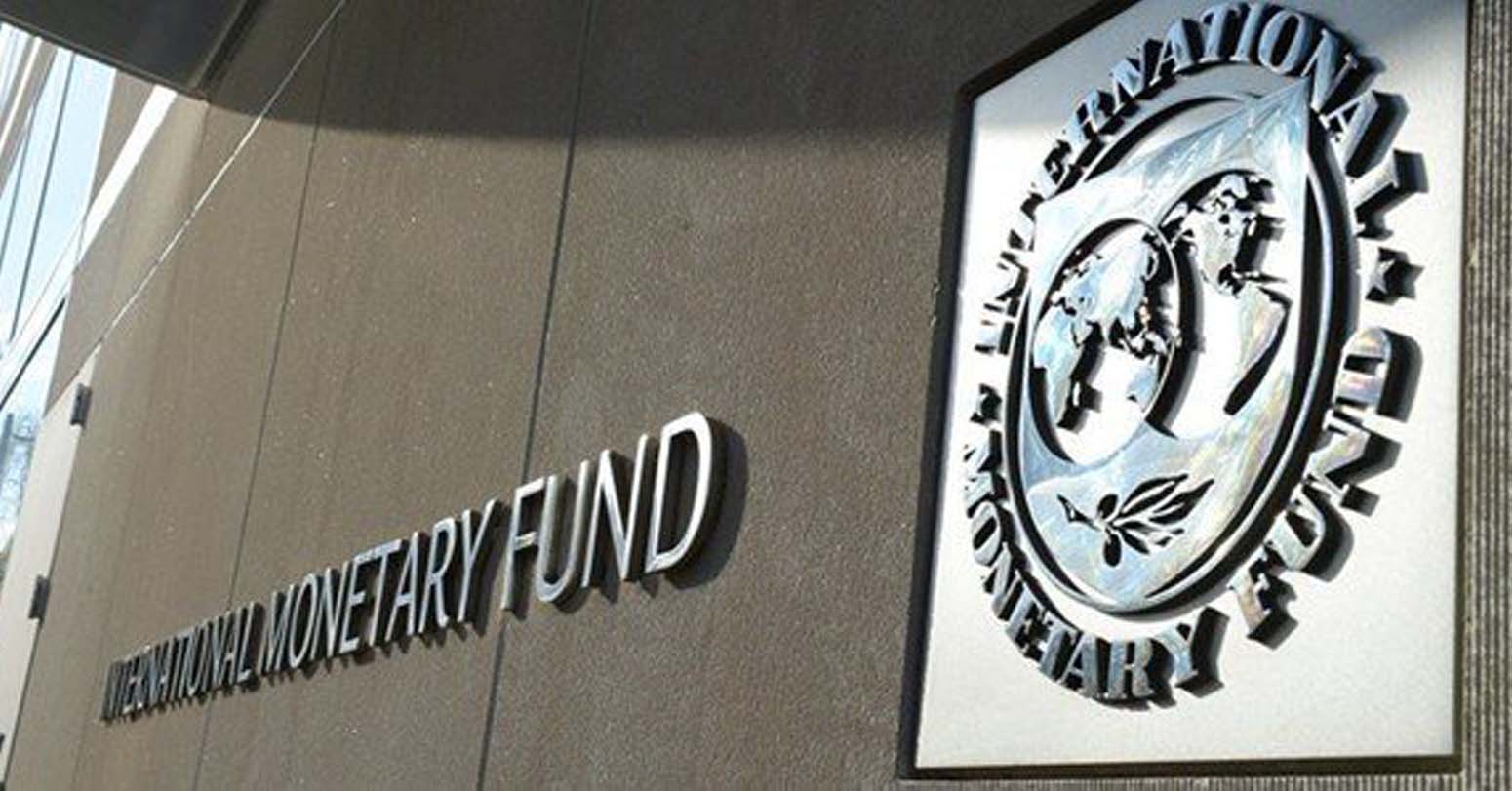The global debt burden remains well above its pre-pandemic levels despite declining as a proportion of economic output last year, the International Monetary Fund announced Wednesday.
Total debt, which includes both public and private debt, stood at 238 percent of global gross domestic product (GDP) last year, 9 percentage points higher than it was in 2019, the IMF said in a statement.
The IMF blamed the slow progress on high public debt, which is declining at a slower rate than private debt.
"Fiscal deficits kept public debt levels elevated, as many governments spent more to boost growth and respond to food and energy price spikes even as they ended pandemic-related fiscal support," the IMF said.
It called on governments to take "urgent steps" to reduce debt vulnerabilities through "vigilant monitoring" of private debt and the creation of "credible" fiscal frameworks to manage public debt sustainability.
Although debt levels surged during the pandemic, public and private has been growing for decades.
China is responsible for a large part of this increase, the IMF said, with its debt as a percentage of GDP rising sharply in recent years to reach a similar level to that of the United States.
Debt in low income countries has also been rising, creating "challenges and vulnerabilities" including a high risk of debt distress in more than half of low-income developing countries.
"Reducing debt burdens will create fiscal space and allow new investments, helping foster economic growth in coming years," the IMF said.
-AFP




















Middle-aged man spends millions to
Dr. Dharam Raj Upadhyay: Man
Breathing The Unbreathable Air
Comprehensive Data Protection Law Critically
Gender Differences In Mental Healthcare
Erosion of Democracy